Leopard Plant Silver Squill – Scilla violacea 2.5″ Pot – Indoor Houseplant
Original price was: $17.98.$8.98Current price is: $8.98.
The Leopard Plant (Scilla violacea) boasts captivating green-grey spotted leaves with deep wine-red undersides. Ideal for filtered light, it thrives as a low-maintenance indoor plant with occasional watering.
Out of stock
Estimated arrival
Dec 15
Dec 20 - Dec 22
Dec 25 - Dec 29
Reasonable Price
We offer reasonable price

Support 24/7
Contact us 24 hrs a day

100% Money Back
You've 30 days to Return

Payment Secure
100% secure payment
Discover the Exotic Leopard Plant – Silver Squill
Introducing the Leopard Plant – Silver Squill (Scilla violacea), a charming indoor houseplant celebrated for its distinctive foliage and manageable size. Originating from South Africa’s Eastern Cape, this sought-after plant showcases decorative grey and green spotted leaves complemented by vibrant wine-red undersides. The Leopard Plant produces graceful pale greenish-white flowers on delicate spikes, adding a touch of subtle beauty to any indoor environment.
Designed for effortless growth, this plant flourishes in filtered light and well-draining soil. Its compact stature makes it an excellent fit for small pots, windowsills, or plant shelves. To ensure its health, water moderately, allowing the soil to dry slightly between waterings. During the winter season, it’s crucial to avoid overwatering to prevent root rot, ensuring the longevity and vibrancy of your Scilla violacea.
Whether you are a seasoned plant aficionado or just starting your green journey, the Leopard Plant is a stellar addition to any indoor garden. In spring, you can separate new bulbs from the main plant to propagate more, expanding your collection. Its captivating leaves and straightforward care regimen make it an ideal choice for enhancing indoor décor or as a thoughtful gift for plant lovers.
Benefits:
- Indoor Décor: Adds exotic flair with uniquely spotted leaves and wine-red undersides.
- Easy Maintenance: Thrives with minimal care, suitable for beginners and seasoned plant enthusiasts.
- Compact Size: Ideal for small spaces like windowsills, desks, or plant shelves.
- Gift-Friendly: A thoughtful gift for houseplant lovers or those new to gardening.
- Drought Tolerant: Requires moderate watering, making it perfect for busy plant parents.
Add the Leopard Plant to your collection and revel in its drought-tolerant and low-maintenance qualities, all while brightening your living space with its exotic allure. This indoor houseplant is sure to be a conversation starter!
Frequently Asked Questions
- How often should I water the Leopard Plant Scilla violacea?
Water moderately, ensuring the soil dries out between waterings. Reduce watering frequency during winter to prevent root rot, typically every 2-3 weeks depending on your environment. - Does the Leopard Plant need direct sunlight?
No, the Leopard Plant thrives in filtered light or partial shade. Direct sunlight can scorch its delicate leaves, so an east-facing window or a spot with indirect light is ideal. - Can I propagate the Leopard Plant?
Yes, new bulbs can be gently separated from the mother plant in spring and grown in their own pots. Ensure each bulb has some root attached for successful propagation. - Is the Leopard Plant toxic to pets?
While not highly toxic, it’s best to keep the plant out of reach of pets. Ingestion may cause mild digestive discomfort. Contact your veterinarian if your pet consumes any part of the plant. - What type of soil does the Leopard Plant prefer?
It prefers a light, well-draining potting mix. A mix of perlite, peat moss, and potting soil works well. Avoid heavy, water-retentive soils to prevent waterlogging and root rot.
Shop now and transform your space! Enhance your home with this stunning Leopard Plant. With its captivating foliage and easy-care nature, it’s the perfect addition to any indoor garden. Order today and elevate your collection with this unique, exotic plant! Don’t miss the opportunity to own this one-of-a-kind botanical beauty—add it to your cart before it’s gone!
Be the first to review “Leopard Plant Silver Squill – Scilla violacea 2.5″ Pot – Indoor Houseplant”
-
USDA Hardiness Zone
9-11 -
Soil Type
Light, well-drained potting mix -
Sunlight Exposure
Filtered light, partial shade -
Expected Planting Period
Year-round indoors

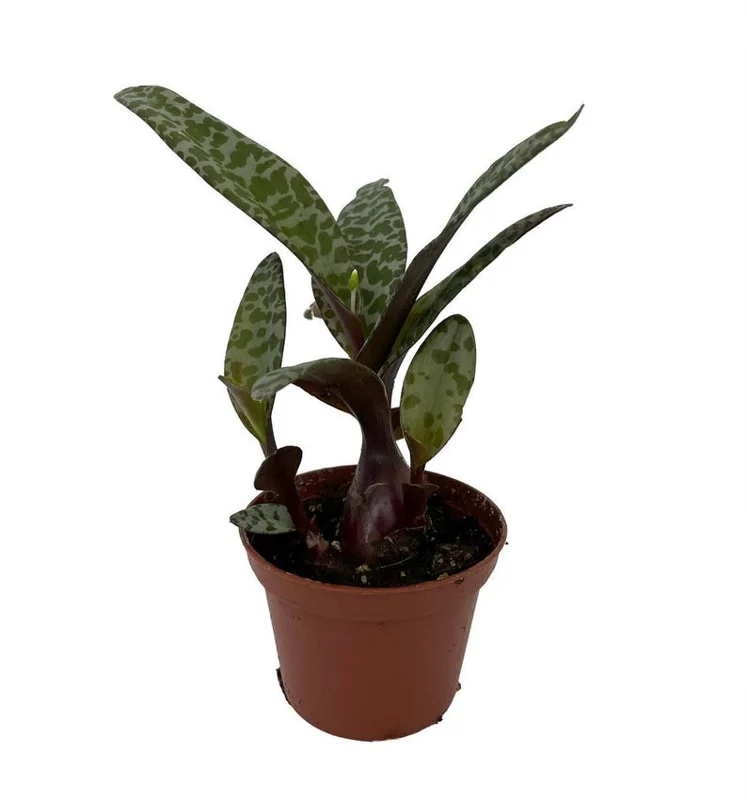
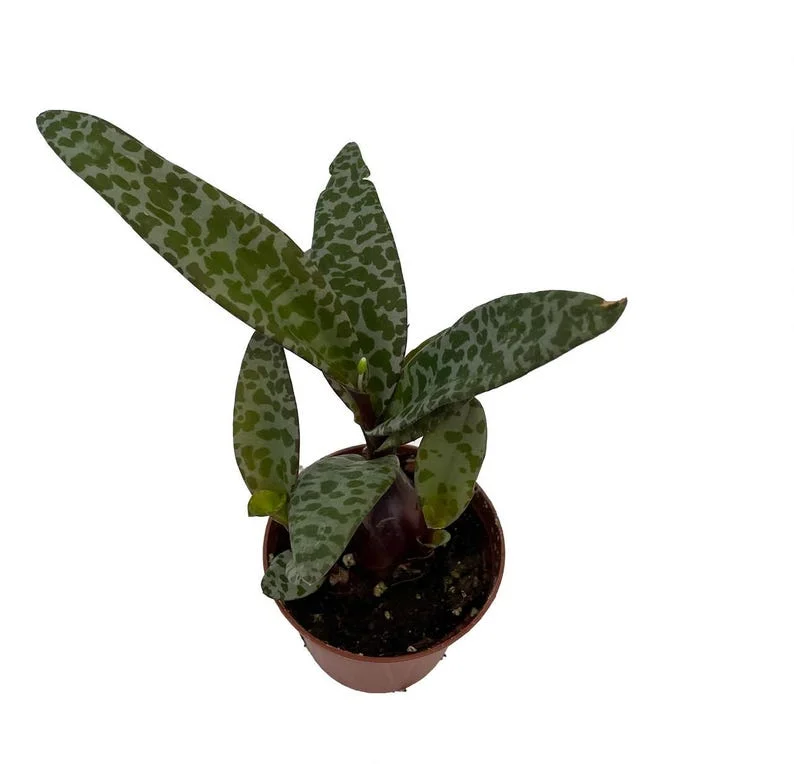
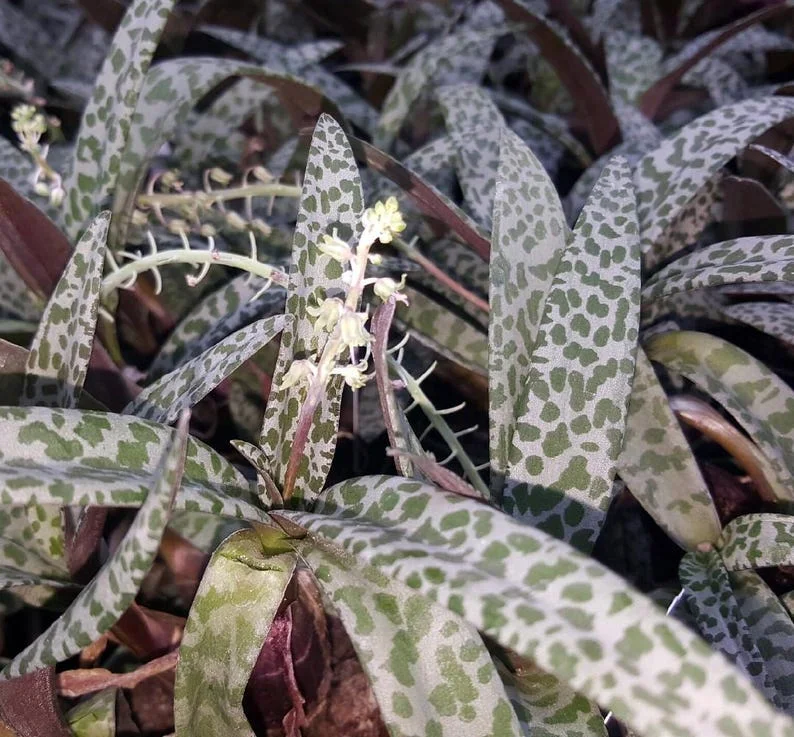
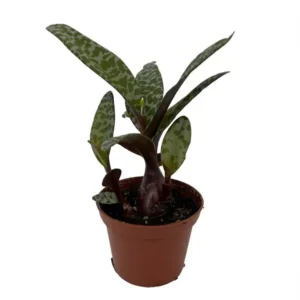
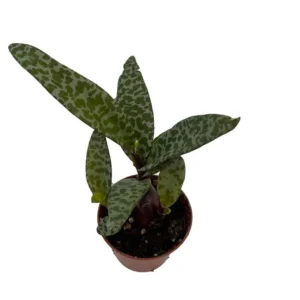
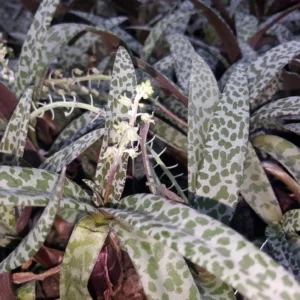
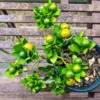
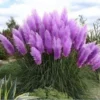
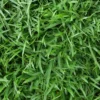



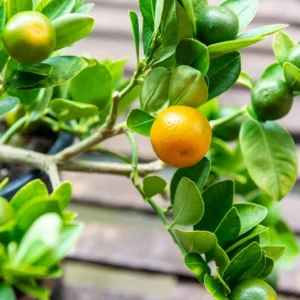
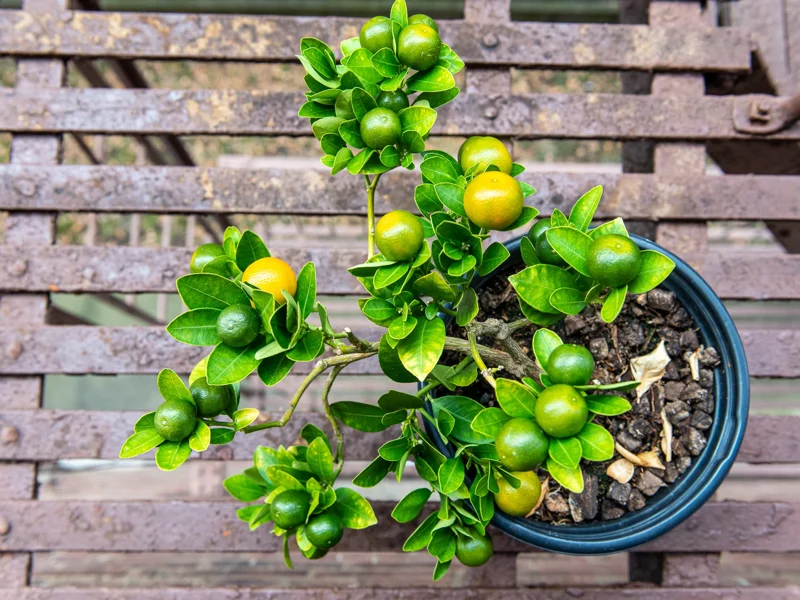
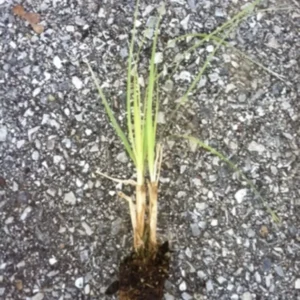
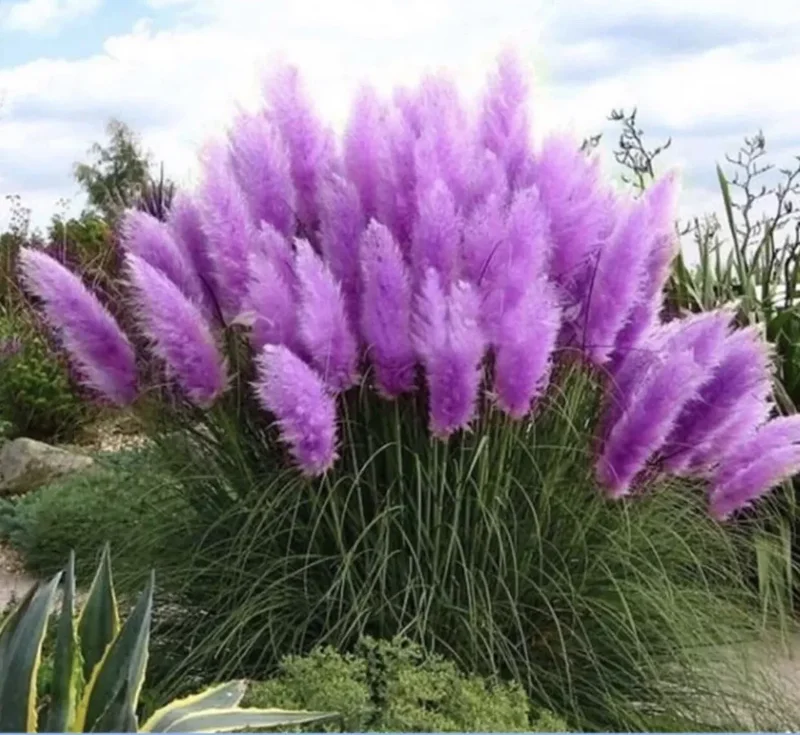
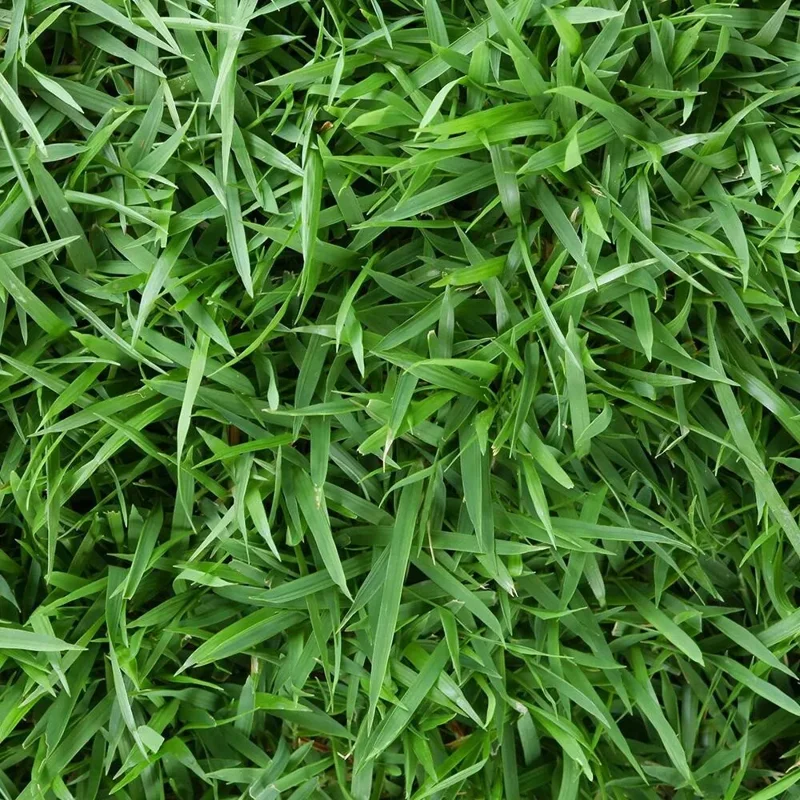


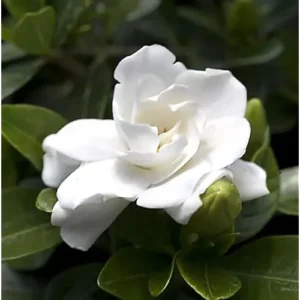
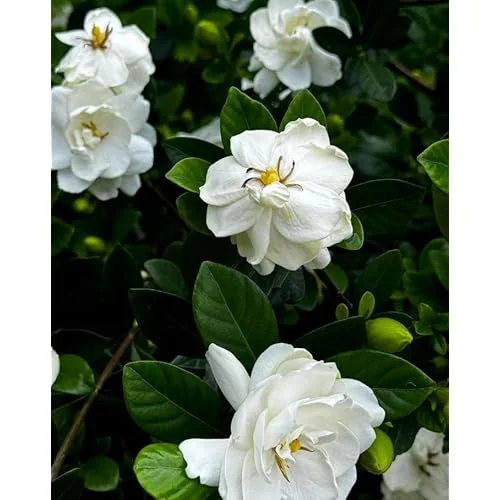
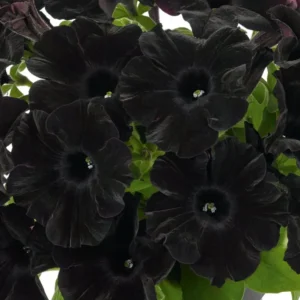
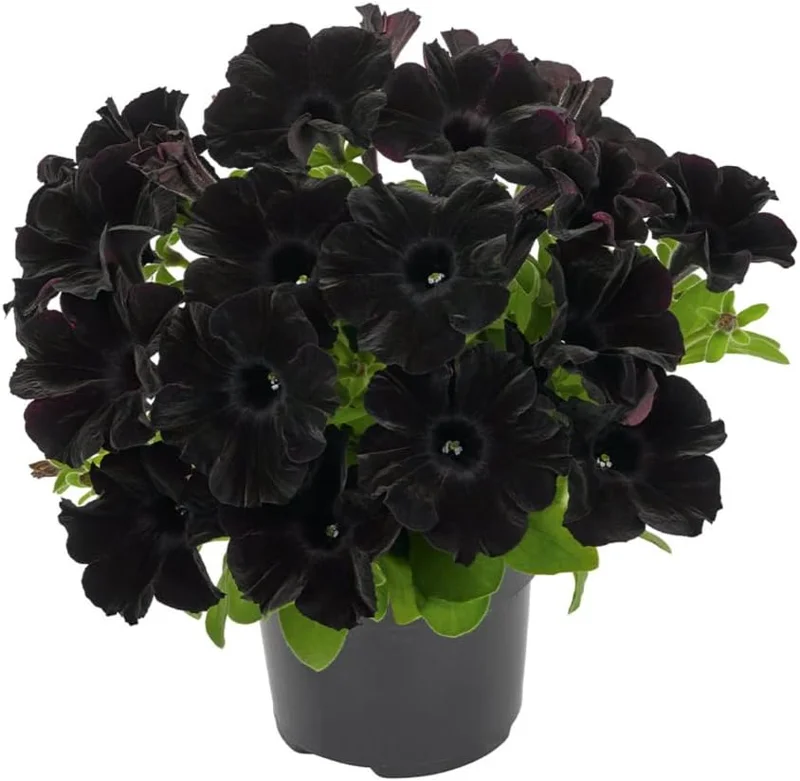
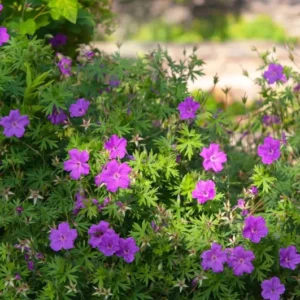
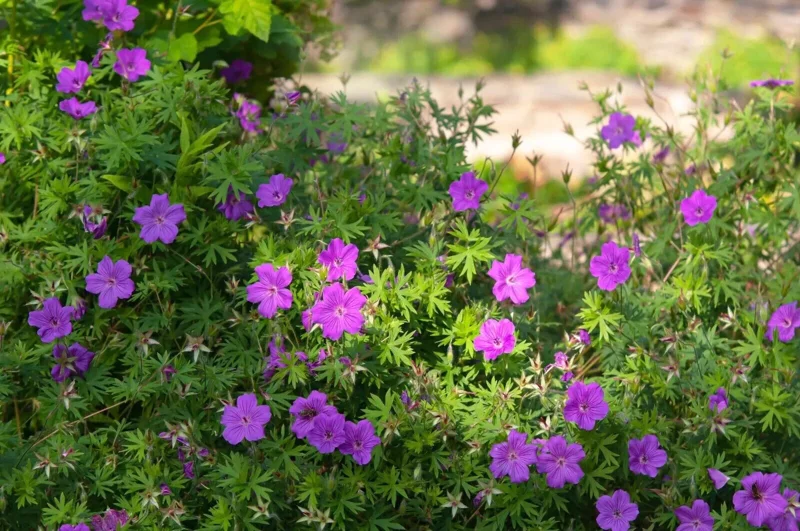


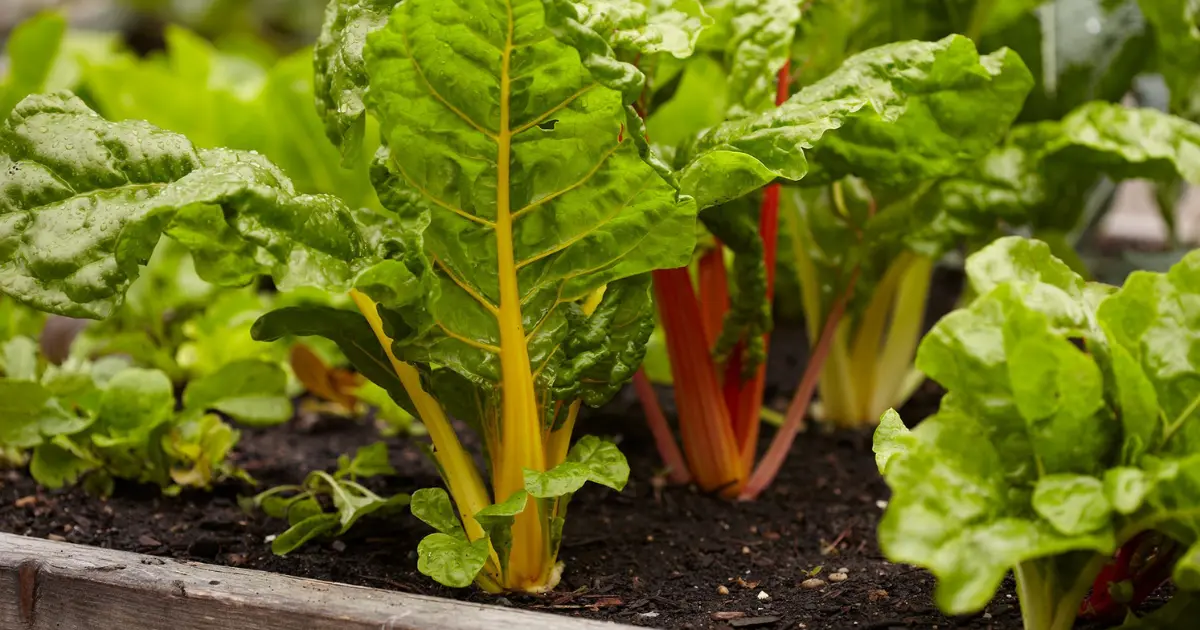
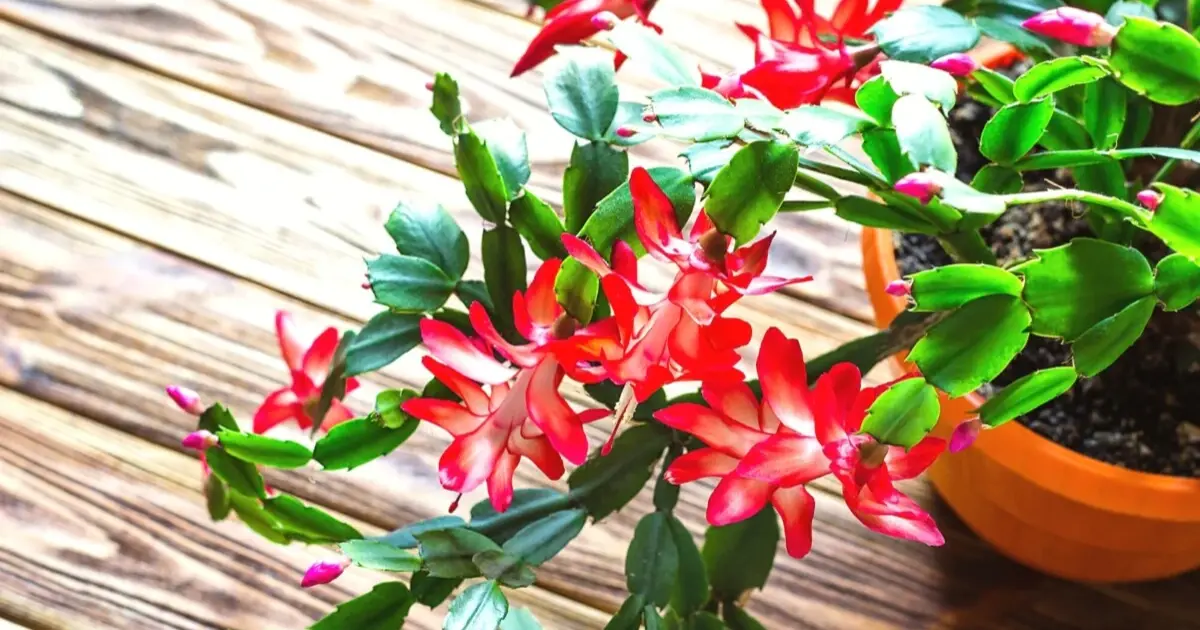
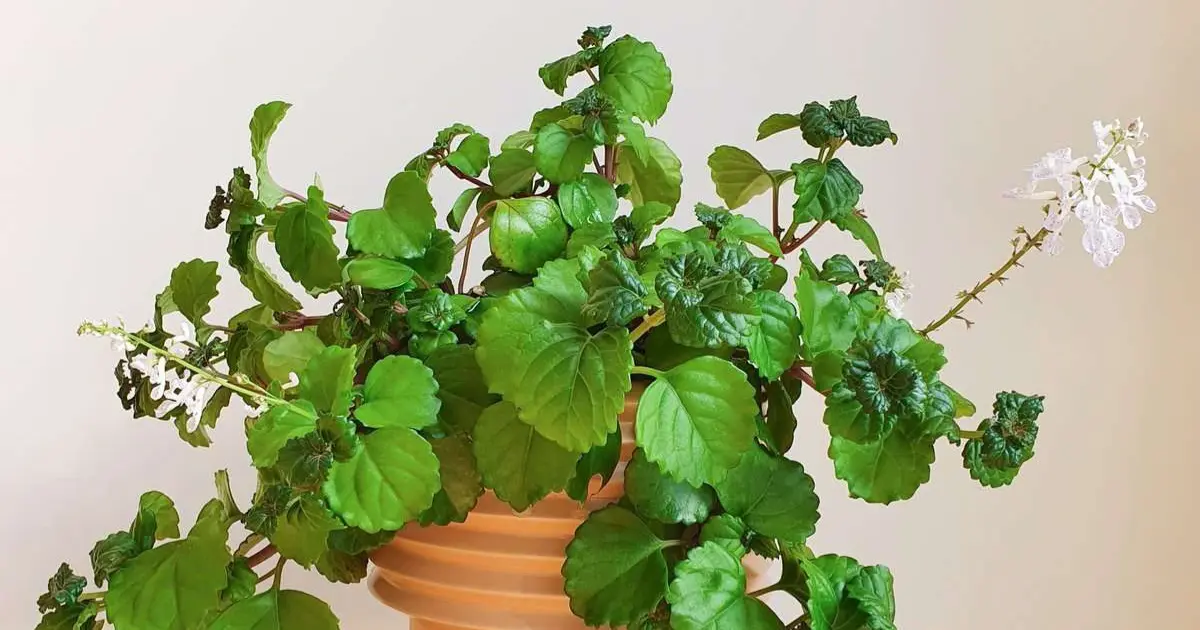
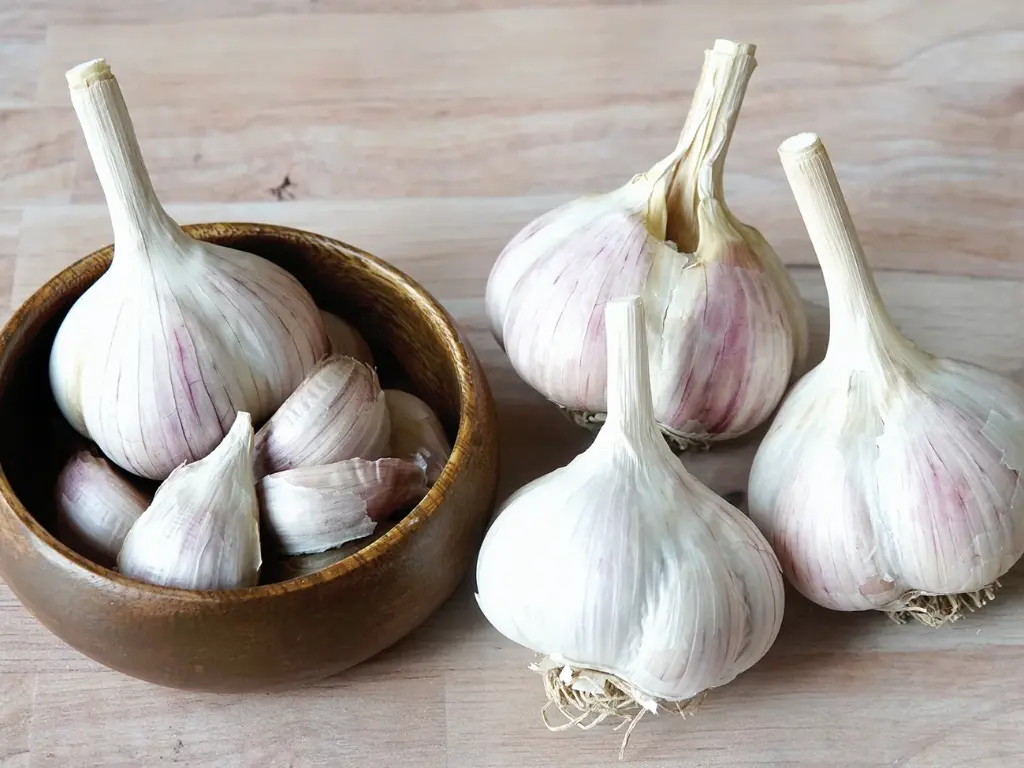
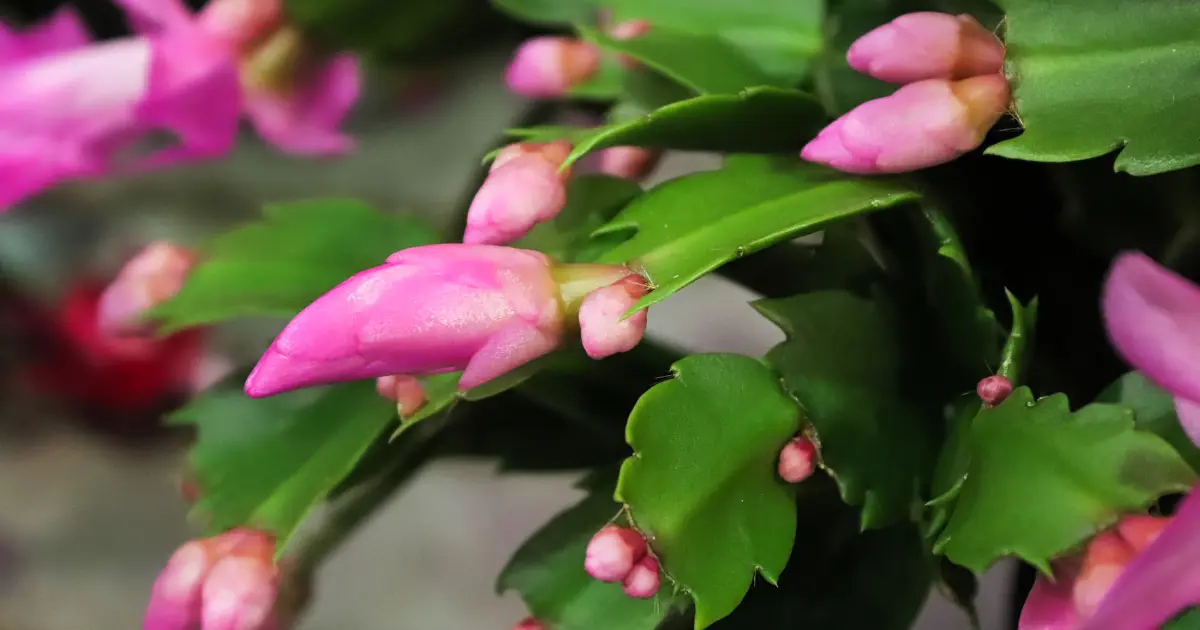
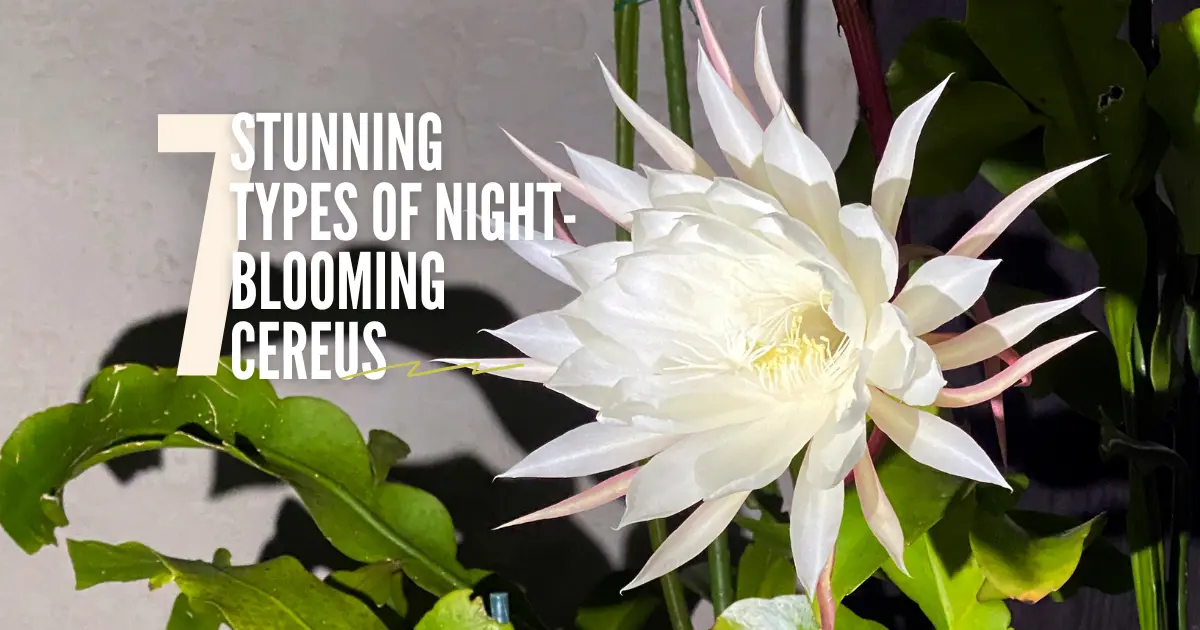

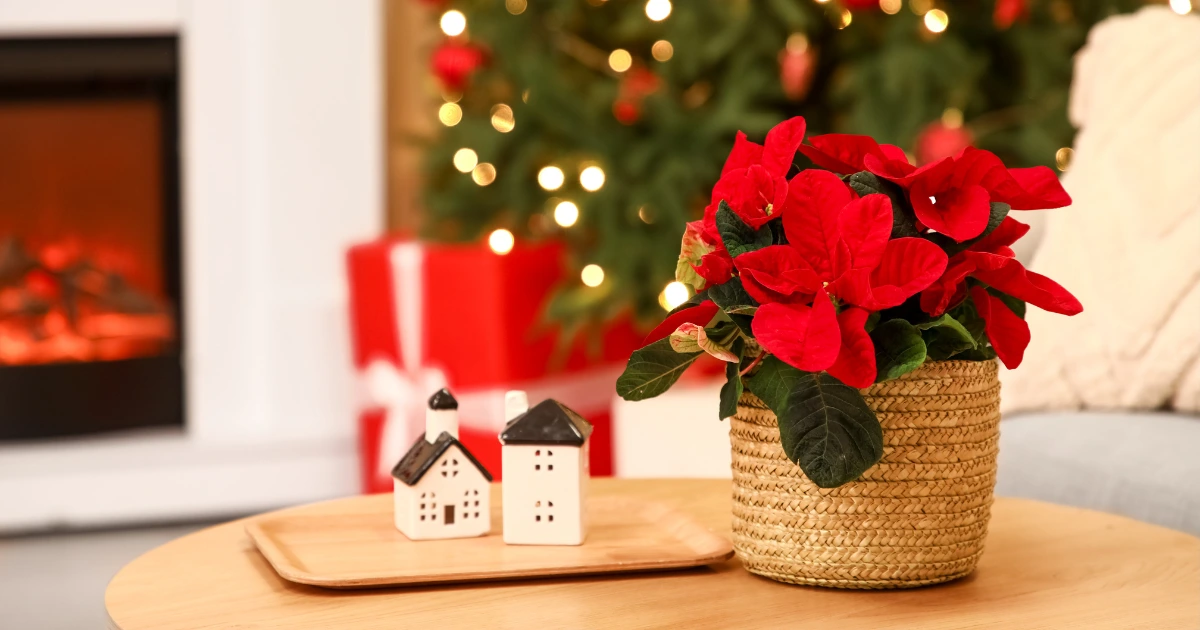
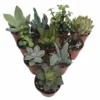


Reviews
There are no reviews yet.